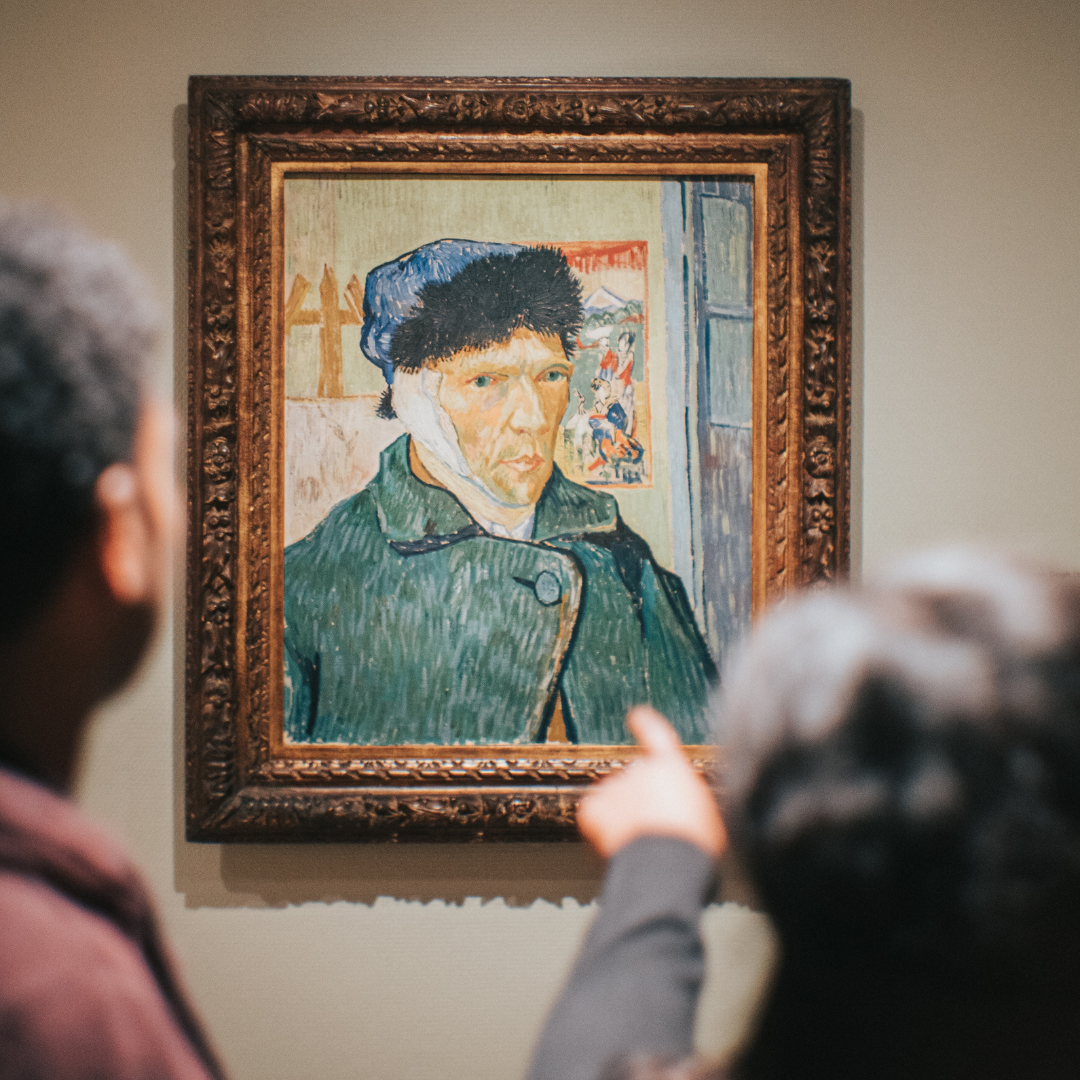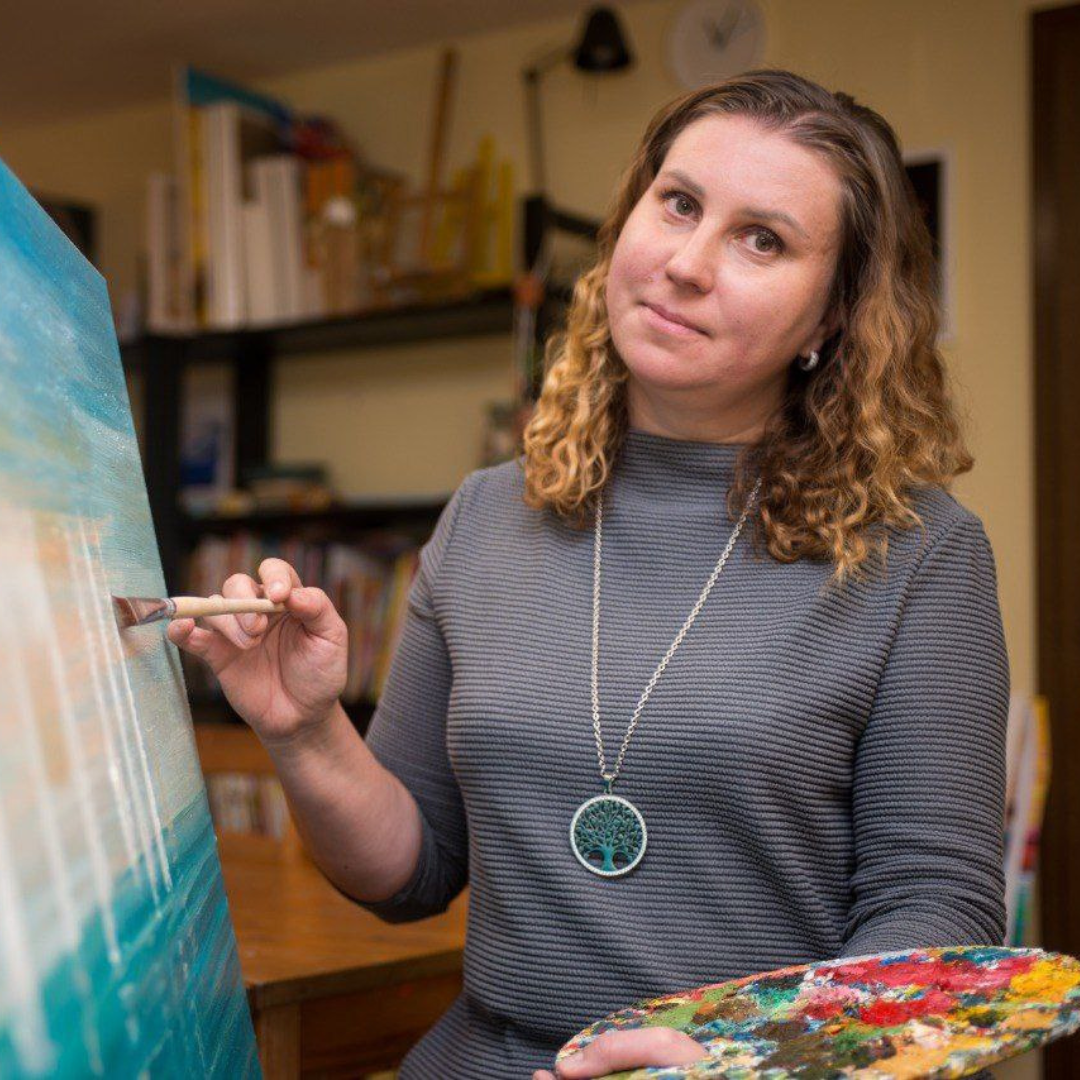We adults, when we come to a museum that already displays paintings by artists of the past centuries, wielding experience and knowledge, are eager to share them with our child in order to "cultivate" ... not quite the right word linguistically, but very appropriate in terms of parental desire.
Example: you are standing at the picture, where a certain story is depicted, you know it, VERY well KNOW it and actually begin to tell the child about it, in general, everything is good, it would seem.... and rightly so, but there is an important point, the child has not had his own introduction to this particular picture. What does this mean?
He sees the picture and even managed to learn the facts about it, BUT children looking at the picture, very discerning, they will notice the details that we, adults, can not even notice, because we look at the prism of knowledge and correctness; and the children will see something of their own it may be:
- a pattern on a cup in a still life;
- the chipped edge of a boat lying bottom-up at the edge of a riverbank;
- a red tail running past a fox in a winter landscape;
And you at this moment looked deep into the horizon, thought about open spaces, mountains, and imagined yourself on vacation, and the child has his impressions and he will remember them first, and only then all you or the guide will hear and say. The main thing that DIGNITY is personal, his child HAS BEEN.
How to accomplish all this practically?
Don't be afraid to experiment, children love to play and are drawn to the process, offer them a game...
That solemn moment when you walked into the hall of the museum, eyes are scattered, you do not know where to go, and with a child especially! There is, of course, an unspoken rule: move along the right wall and look at the paintings there, then along the left wall and you end up walking in a circle around the room.
But you and I are talking about a different approach and here you stop, sit or bend at the level of the child's eyes and height, and offer him a familiarization game with the picture, whispering the rules of the game right in his or her ear. You and your child are like conspirators at this very moment. You offer it to walk around the room and choose the picture he or she would like to look at and get to know, asking in advance, "What do you see? What do you like? What emotions do you feel?"
It may not quite work at first, but after a couple or three of these introductions, you MUST get it right, and there's a thinking, listening child in front of you.
It is not for nothing that they say that art is meant to have an invisible dialogue with each viewer.




